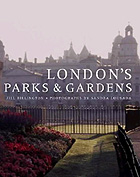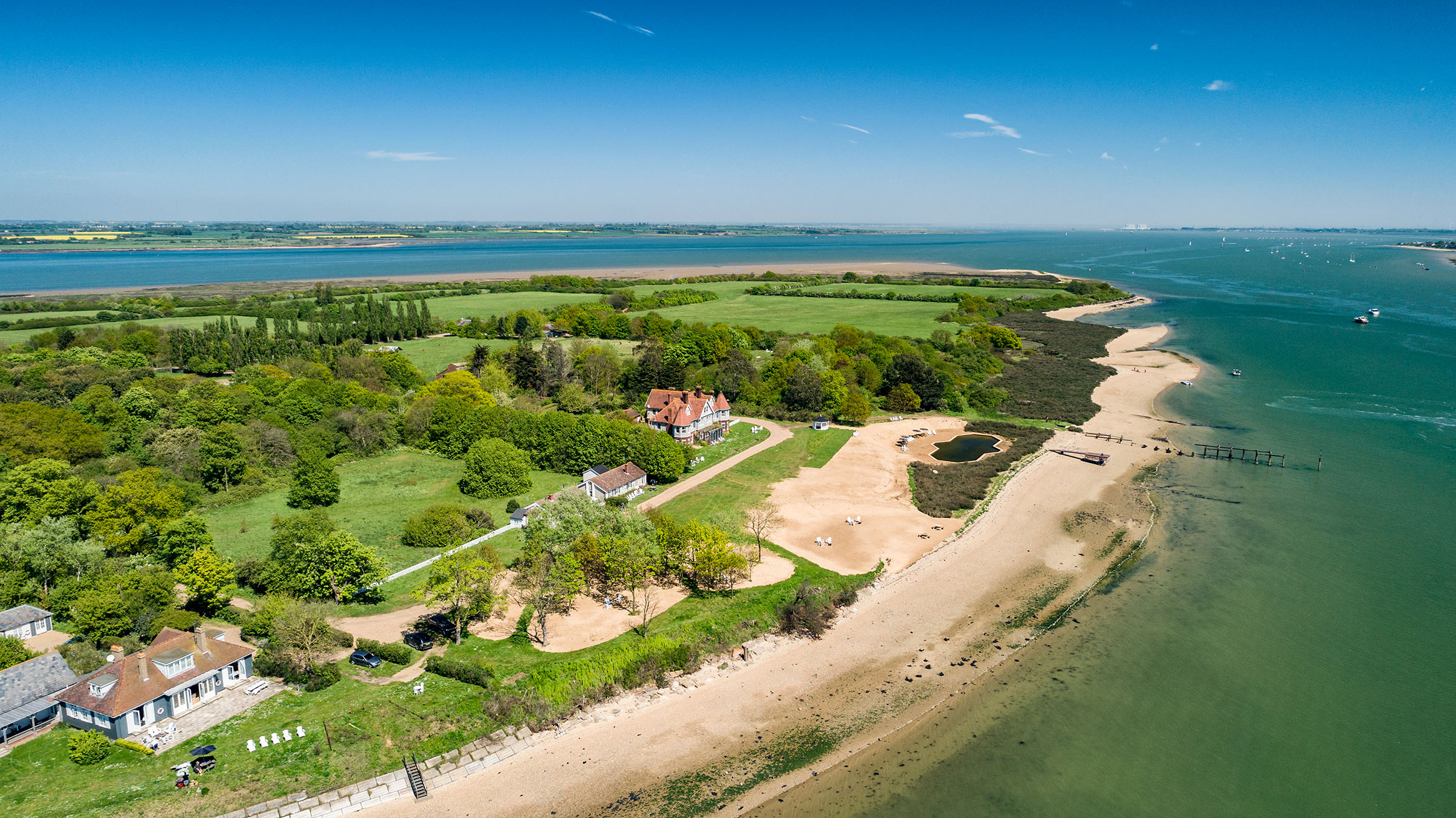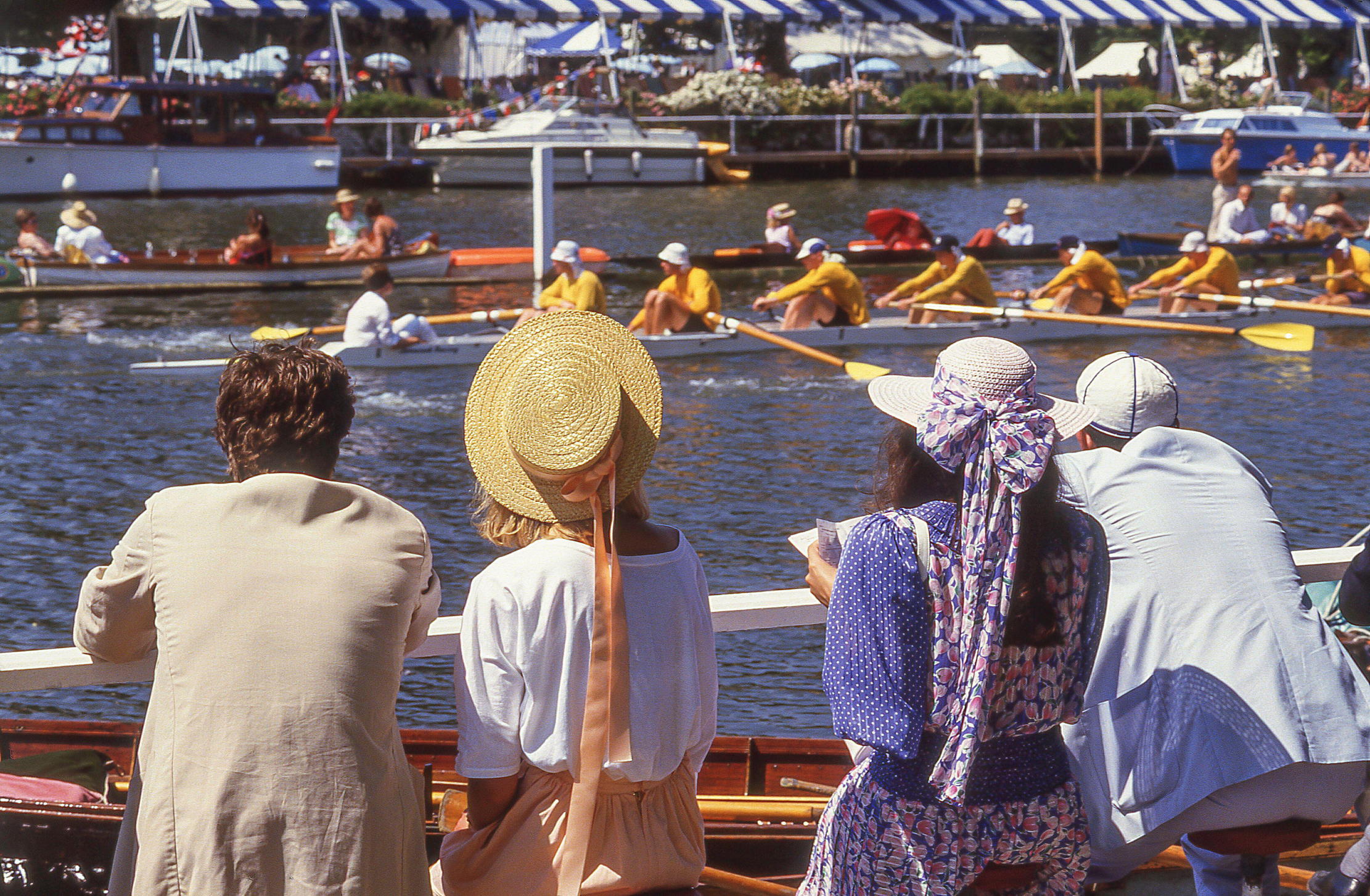Book Review: London's Parks and Gardens
This book takes the reader on a diverse tour of London's green spaces, from stylish garden centres and other 'pleasances' to a myriad of public parks.


The next time anybody says to you that he does not like London - too crowded, not enough open space - press a copy of this book into his hands and force him to read it, cover to cover, lest you tie him into more knots than has the great wisteria at Fulham Palace.
The sheer range of the city's open spaces is breathtaking, from the several thousands of acres of Richmond Park and the 790 acres of Hampstead Heath, through the many plane-treed West End squares, to the zesty annual beds of the Horniman Museum and the floral displays at the barge moorings of Little Venice.
'Over centuries, despite regular threats of enclosure and urbanisation, London has managed to retain, create and develop green areas in large sweeps and small pockets-sometimes flushed with flowers or studded with splendid trees, sometimes wild, sometimes made magnificent by the hand of man,' advises the author, and she has triumphantly explored 109 examples for this book.
Chapter headings hint at the range. 'Ancient and Modern: the City, Docklands and the East End' includes Bunhill Fields (where John Bunyan, Daniel Defoe and William Blake are laid to rest), potted gardens and balconies of the Barbican, new gardens at Canary Wharf, and Thames Barrier Park. The last is 'the first new riverside park to be opened in London for fifty years'. It looks a triumph. The chapter 'Parks and Pleasances'includes the great central London parks, as well as more intimate museum spaces and even the delightfully crammed and stylish garden centre of Clifton Nurseries.
The importance of open space to the human life of Britain's capital is emphasised,and encapsulated in life-enhancing photographs; and there is no doubt that the author has thoroughly explored this key angle. I wondered about the parallel crucial values to wildlife. But that is well covered in the section on Barnes Wildfowl and Wetlands Trust, which I was glad to see takes up four pages of excellent analysis of its habitats and visitors (they include reed buntings, cattle egrets and even goshawks).
The only letdown here is that human visitors have to put up with what must be local authority architecture at its most clumpy and pedestrian, which must have been difficult to achieve in a place that sets out to celebrate the airy lightness associated with birds and water. London's parks and gardens are truly diverse, incalculably valuable and, in the end, deserve the very best treatment that a really great capital can muster.Order London's Parks and Gardens today
Sign up for the Country Life Newsletter
Exquisite houses, the beauty of Nature, and how to get the most from your life, straight to your inbox.
Country Life is unlike any other magazine: the only glossy weekly on the newsstand and the only magazine that has been guest-edited by HRH The King not once, but twice. It is a celebration of modern rural life and all its diverse joys and pleasures — that was first published in Queen Victoria's Diamond Jubilee year. Our eclectic mixture of witty and informative content — from the most up-to-date property news and commentary and a coveted glimpse inside some of the UK's best houses and gardens, to gardening, the arts and interior design, written by experts in their field — still cannot be found in print or online, anywhere else.
-
 380 acres and 90 bedrooms on the £25m private island being sold by one of Britain's top music producers
380 acres and 90 bedrooms on the £25m private island being sold by one of Britain's top music producersStormzy, Rihanna and the Rolling Stones are just a part of the story at Osea Island, a dot on the map in the seas off Essex.
By Lotte Brundle
-
 'A delicious chance to step back in time and bask in the best of Britain': An insider's guide to The Season
'A delicious chance to step back in time and bask in the best of Britain': An insider's guide to The SeasonHere's how to navigate this summer's top events in style, from those who know best.
By Madeleine Silver